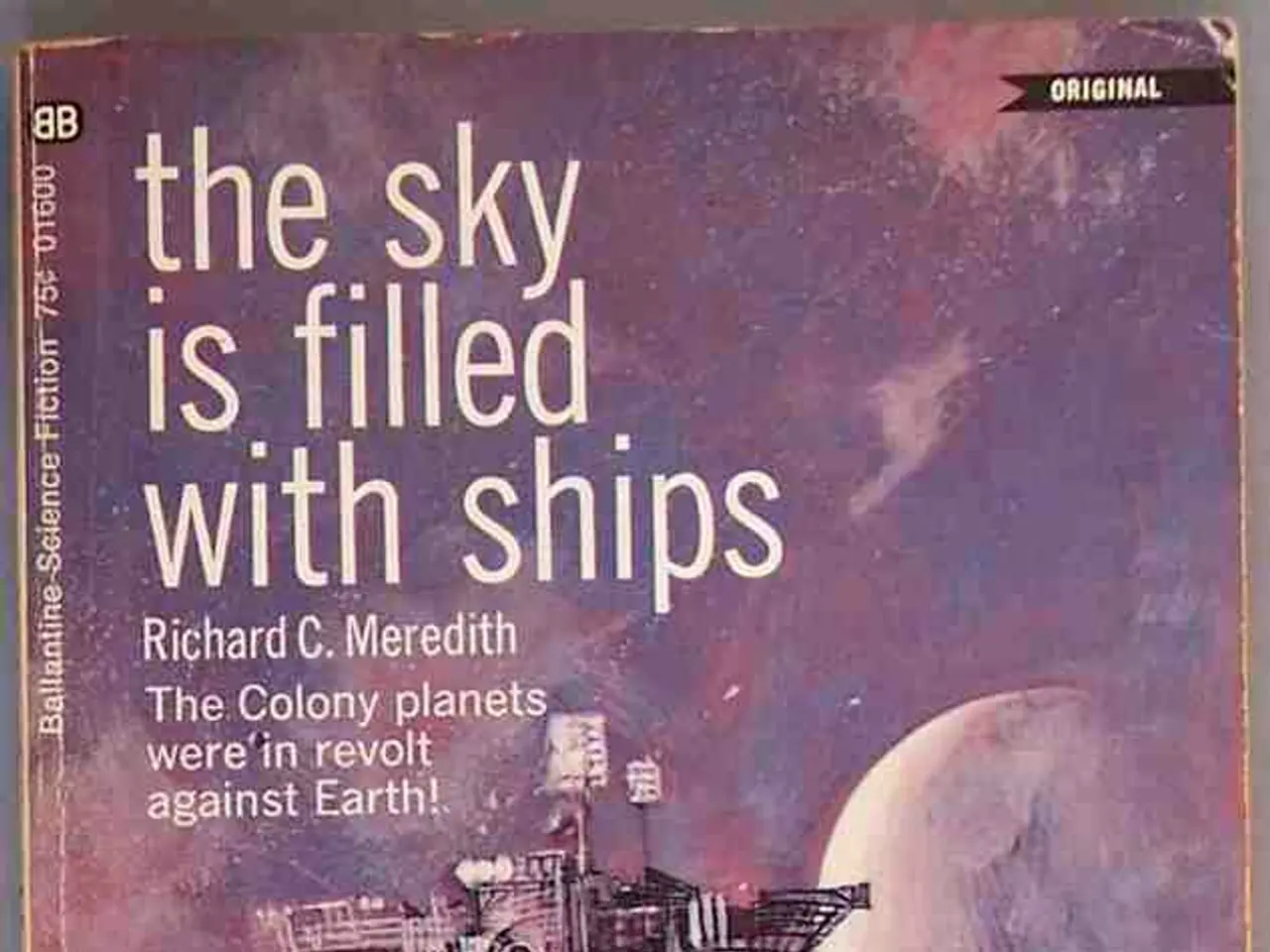Customizable AI models launched by OpenAI
In a dynamic and innovative year for Artificial Intelligence (AI), the field of open-source AI models has seen significant growth and collaboration. This shift, marked by the release of OpenAI's GPT-OSS-120B and GPT-OSS-20B models, has transformed the landscape, making AI more accessible and democratic.
OpenAI, a company founded on democratic values and committed to making an open AI technology base freely accessible to all, has contributed to this change. Their new models can be customized by developers and run on high-end laptops and even smartphones, breaking down barriers to AI development.
The democratization of AI development is evident through platforms like Hugging Face and TensorFlow Open Source, which empower diverse contributors worldwide to improve models and share datasets openly. This collaboration has substantially lowered barriers for experimentation and innovation, enabling even remote or resource-limited users to engage in AI creation and fine-tuning.
Large-scale open-source models with competitive performance have become mainstream, with over 60% of AI-driven enterprises planning to evaluate them by the end of 2025. Models like GPT-OSS, Mistral, Kimi-K2, DeepSeek R1, Qwen3, and LLaMa 3.1/4 have exhibited competitive or superior reasoning and instruction-following capabilities compared to proprietary models.
Notable among these is Meta AI's LLaMa 3.3, which boasts 70 billion parameters, grouped-query attention for efficiency, multi-language support, and the ability to handle very long contexts up to 128k tokens. DeepSeek R1, an open-weight model from another company, has also surprised tech circles with its low-cost high performance.
Despite the enthusiasm, open-source models currently hold a smaller share of total AI workloads compared to proprietary offerings. However, their cost-effectiveness, flexibility, and rapid innovation position them as significant and growing players in the AI ecosystem. They offer clear advantages in customization, lower inference costs (up to 100x savings), and the ability to deploy on private clouds or on-premises.
The year 2025 is also marked as "the year of agents," with models designed to perform iterative reasoning and integrate tools such as search engines, calculators, and coding environments. Anthropic is notable for advancing agent-based models, enhancing real-world application effectiveness.
The broader ecosystem and tools supporting AI development and data management continue to grow, alongside open-source models. This infrastructure supports agile AI application development and contributes to the overall expansion of the AI community.
In summary, the open-source AI field in 2025 is characterized by an expanding roster of large, powerful models with advances in instruction-following and agent capabilities, widespread community and enterprise engagement, and active competition among models from Meta, OpenAI, Alibaba, Nvidia, and others. Despite their smaller share of total AI workloads, the cost-effectiveness, flexibility, and rapid innovation position open-source models as significant and growing players in the AI ecosystem.
Technology has revolutionized the landscape of artificial-intelligence development, with open-source models like OpenAI's GPT-OSS series becoming more accessible and democratic through customization options and compatibility with high-end laptops and smartphones. Furthermore, the collaborative spirit of the AI community, as exemplified by platforms such as Hugging Face and TensorFlow Open Source, has lowered barriers for experimentation and innovation, enabling a diverse range of contributors to engage in AI creation and fine-tuning.




